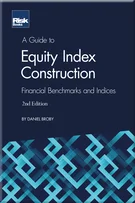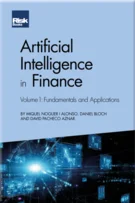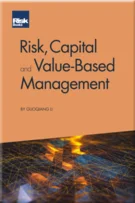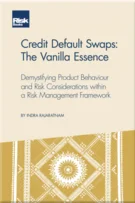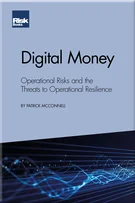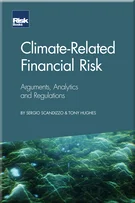Scenarios
Scenarios
Acknowledgements
Foreword
Preface
Introduction
Regulator motivation and aims
Scenarios
Two underappreciated climate risk topics: Exposure at default and asset valuation
Assessing the available evidence related to consumer credit risk
The modelling of climate-related financial risk
Credit risk – Probabilities of default models
Climate-related loss given default
Market risk
Liquidity risk
Operational risk
The (limited) power of disclosures
Financial regulators’ climate mandate should be formalised
Where to for climate risk regulation?
Conclusions: Using finance to drive climate solutions
References
THE HOW AND WHY OF CLIMATE SCENARIOS
In setting out to test the robustness of the banking and insurance systems to climate change, regulators have exclusively called on scenario-based stress test methodologies. This approach, which was virtually unused prior to the 2008–2009 financial crisis, asks companies to infer the effects of a series of external macro trends on the financial performance of each bank’s activities.
In the context of routine stress testing for the purposes of capital adequacy assessment, this approach has been quite successful. The SCAP test, for example, conducted in 2009, was used to provide assurance to the market that prospective US-based counterparties were solvent, allowing interbank lending to resume at scale following the shock caused by the failure of a number of key market participants during the 2008–2009 financial crisis. Similar tests were adopted in various other jurisdictions.
The SCAP test itself was basic. In the space of a few short weeks, banks had to demonstrate that they were capable of withstanding a renewed macroeconomic stress scenario without exhausting their available capital reserves. Given the time available and the complexity of the
Copyright Infopro Digital Limited. All rights reserved.
As outlined in our terms and conditions, https://www.infopro-digital.com/terms-and-conditions/subscriptions/ (point 2.4), printing is limited to a single copy.
If you would like to purchase additional rights please email info@risk.net
Copyright Infopro Digital Limited. All rights reserved.
You may share this content using our article tools. As outlined in our terms and conditions, https://www.infopro-digital.com/terms-and-conditions/subscriptions/ (clause 2.4), an Authorised User may only make one copy of the materials for their own personal use. You must also comply with the restrictions in clause 2.5.
If you would like to purchase additional rights please email info@risk.net


